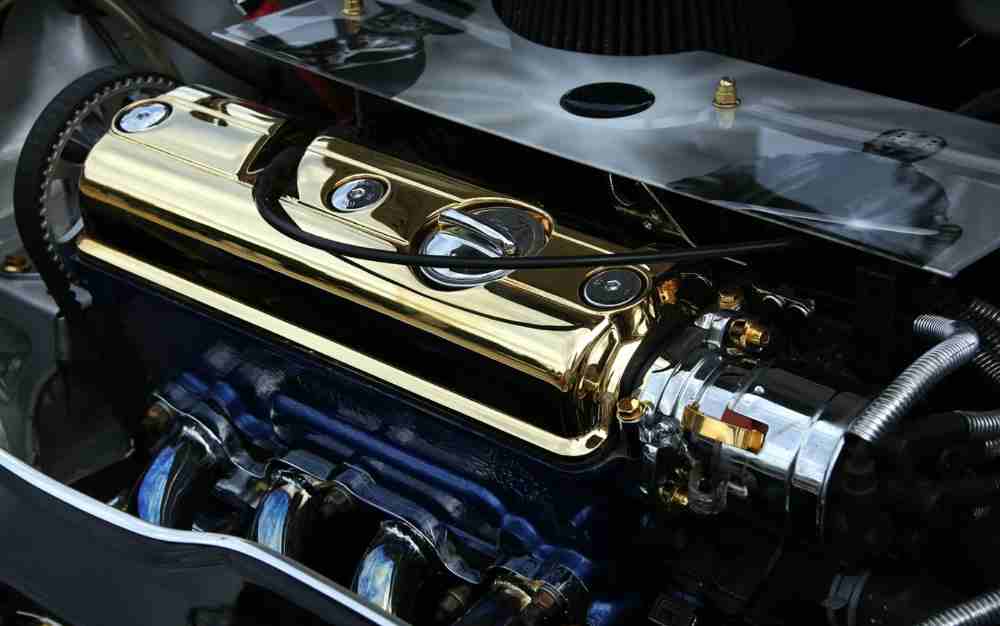Battery-electric vehicles are disrupting the automotive industry, said automotive consultant Paul Eichenberg in a recent Tech Briefs webinar.
With the arrival of the "BEV," the internal combustion engine is being replaced by the battery and the electric motor.
The new look changes the kinds (and amounts) of materials found inside vehicles.
"We see the shift from the ICE to a battery electric vehicle is leading to about a 30 percent reduction in the amount of plastics that are used in the vehicle today," said Eichenberg, Managing Director of the Paul Eichenberg Strategic Consulting.
There are new opportunities, however, for thermoplastics to emerge and fill that space.
In a webinar title Using Thermoplastics on EV Battery Enclosures and Structures , Tech Briefs readers had questions about the role of plastics in the next class of vehicles. Read the edited responses below from Eichenberg and John Waters, Global Automotive Leader at the automotive material manufacturer SABIC.

"How fast could plastics grow in EV applications, and will they grow more quickly for a specific electrified architecture?"
Paul Eichenberg: I would say from the research that we've done, we can see these applications for the battery structure to grow at more than a 20% compounded annual growth rate over the course of the next 10 years. The major driver of that is the EV: the battery electric vehicle. Plug-in hybrids and full hybrids [which use both the ICE and electric motors to drive the vehicle] just are not going to have the size, the scale, and the weight requirements that you see in the battery electric vehicle, and thus the battery electric vehicle is going to be the big driver. And that's why it's important understand that as we look out at 2030, we see 1 out of 4 vehicles being a battery electric vehicle, and that's going be the major driver of this portion of the market.
"What parts and systems that are done in plastics with an internal combustion engine will be most impacted by battery electrical vehicles? What makes up the 30% content decline in plastics use in both battery electric vehicle and PH electric vehicles."
Paul Eichenberg: As we've embarked in this research with SABIC, what we've seen is the internal combustion engine components that go away that are really driving this 30% reduction of plastics. Products like fuel tanks, engine covers, air-intake manifold, reservoirs — these are all the components that disappear with the battery electric vehicle.
As we then start to look at where the growth is going to come from, I think it's important to know that the key areas are going to be specifically around the battery pack and the structure. Then, the power electronics: The inverter, the DC DC converter, the onboard charger — these are all the components that are great applications for plastic housings that will really drive this market, to really offset the losses associated with the shift from the internal combustion engine.
"What are some of the greatest challenges in the adoption of plastics for structural battery components?"

John Waters: This question is one I've been asking my entire career. I've addressed that question from the OEM perspective with GM; I've addressed it from the Tier-1 perspective with Delphi; and now I'm addressing it from a Tier-2 perspective with SABIC. When we're talking about a paradigm shift, where we go from the familiar world of metals (steels, aluminum) in the automotive industry to a thermoplastic, there's always a transition, especially when we start talking about structural components.
Typically thermoplastics have been limited to interior trim parts that are not structurally load-bearing and significant. They're more cosmetic and aesthetic in their application: A battery tray, a battery cover, and battery module protection that has multiple uses. If we can get into a systems-engineering conversation with the product engineer, that's a positive direction.
We have to break through to the typical way vehicles have been designed and built and produced since Henry Ford, which is separate functional teams, working on separate areas of the vehicle design. The electrification vehicle, the EV, requires so much platform physics monitoring, because it's really driven by mass and by friction of the tires and by the aerodynamics of how much energy is required to move that vehicle from point A to point B. When you're relying on a very expensive component like the lithium-ion battery, we have to do more with less.
To answer your question succinctly, I would just put out a challenge out to the OEMs and the Tier 1s in the room: Give us a chance on thermoplastics to solve a lot of problems at once, including reducing systems costs.
What do you think about the role of plastics in battery electric vehicles? Share your questions and comments below.


